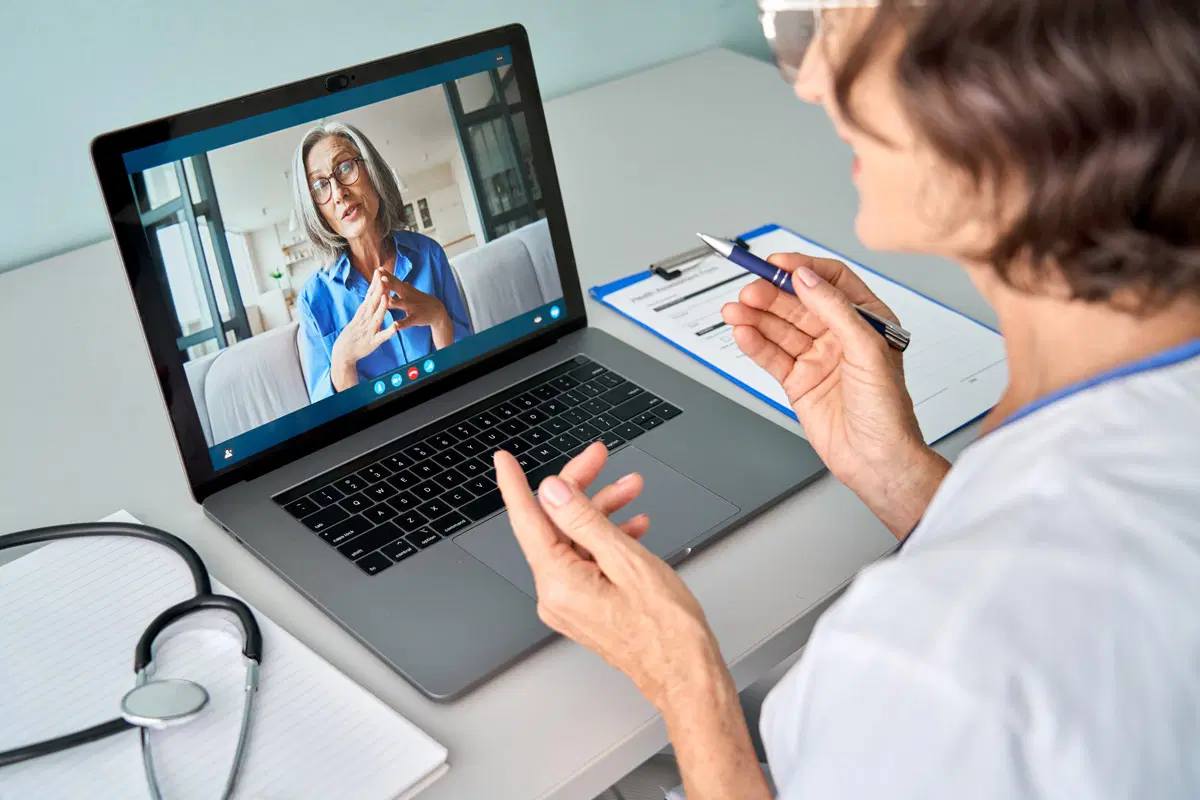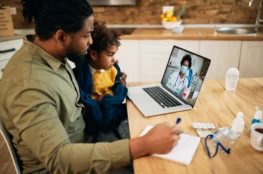Background
The usage of telehealth in general practice has risen substantially since the COVID-19 pandemic. Over this time frame, telehealth has provided care for all patient demographics, including the paediatric population (aged ≤18 years). However, the translatability of telehealth (that is, whether in-person tasks can be supported remotely via telehealth) rarely considers the paediatric population or their carers.
Aim
To examine the degree of translatability to telehealth for in-person GP consultations on paediatric patients with consideration of the carers’ roles.
Design & setting
This study screened 281 videos of in-person GP consultations set within UK general practices, and 20 of them were eligible for analysis.
Method
A secondary analysis of in-person GP consultations was undertaken to examine tasks, physical artefacts, examinations, and the interaction between carer, patient, and GP. A novel scoring method revolving around two key metrics, taking into consideration the carer, was designed to analyse whether the tasks performed can be supported via telehealth.
Results
Analysis of 20 eligible consultations revealed 13 distinct physical examinations, 19 physical artefacts, and 17 clinical tasks. Of these 17 clinical tasks, 41% were deemed ‘easily translatable to telehealth,’ 29% ‘moderately translatable with patient-provided equipment’, 12% ‘potentially translatable’, and 18% ‘currently untranslatable’. The average telehealth translatability score was 6.1/10, which suggests possible challenges with telehealth support. Regarding carer involvement, 90% of consultations involved collecting patient history, 70% placation of child, and 40% had physical support during examinations.
Conclusion
Tasks performed during paediatric in-person GP consultations may not be easily translatable to telehealth and caution should be exercised when considering their translatability to telehealth.



